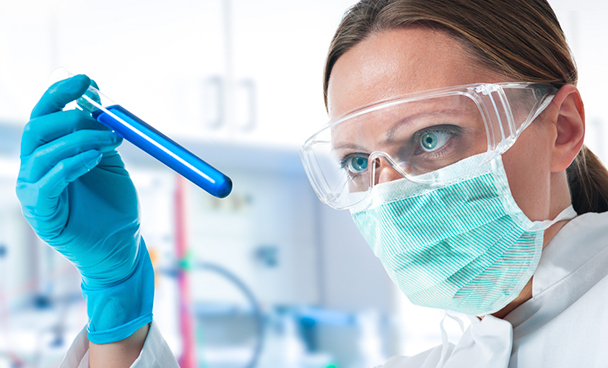“When it comes to drug validation and approval, clinical research is composed of phases with their own characteristics and objectives that are both distinct and complementary. These phases are not applied to equipment or devices intended for treatments.
Before tests are carried out on humans, there is a phase of investigation of the safety of the medication, carried out in vitro and in vivo (in animals). Assured safety for people, the drug is applied to patients participating in clinical research, always according to pre-established scientific criteria.
If it successfully passes the necessary stages, the drug is usually approved by the national regulatory authority for use in the general population.
There is still a final phase, in which trials and post-marketing or surveillance studies are carried out, in which safety is monitored over several years.
Understand better, below, each phase of a clinical research.
pre-clinical phase
Main objective: to test the medication in non-human subjects to collect data, efficacy, toxicity and pharmacokinetics.
Dose: unrestricted.
Who monitors: scientist researcher.
How many participants do you usually have: no human – in vitro and in vivo (animal) tests.
Success rate: does not apply.
phase 0
Main objective: pharmacokinetics, particularly oral bioavailability and drug half-life.
Dose: small, subtherapeutic.
Who monitors: clinical researcher.
How many participants do you usually have: 10 people.
Success rate: does not apply.
Phase 1
Main objective: dose adjustment in healthy volunteers for safety.
Dose: Often subtherapeutic, but with increasing doses.
Who monitors: clinical researcher.
How many participants do you usually have: 20-100 healthy volunteers or cancer patients (for cancer drugs).
Success rate: approximately 70%.
Phase 2
Main objective: drug testing of participants to assess efficacy and side effects.
Dose: therapeutic dose.
Who monitors: clinical researcher.
How many participants do you usually have: 100-300 participants with a specific disease.
Success rate: approximately 33%.
Phase 3
Main objective: drug testing of participants to assess efficacy and safety.
Dose: therapeutic dose.
Who monitors: clinical researcher and personal physician.
How many participants do you usually have: 300-3,000 people with a specific disease.
Success rate: from 25% to 30%.
Phase 4
Main purpose: post-marketing surveillance.
Dose: therapeutic dose.
Who monitors: patients’ physicians.
How many participants do you usually have: Anyone who seeks treatment from a doctor.
Success rate: not applicable.”
